Lot details China, 1736-1795. Of baluster form with a handle in the form of a clambering chilong and a sloping lip. Carved with sparse C-shaped scrolls to the upper register, dense scrolls and two roundels with scroll designs to the middle register, and stiff leaves and key-fret to the lower register. The translucent stone of a pale celadon tone with russet veins and cloudy white inclusions. The concave base neatly incised with a four-character mark Qianlong nianzhi and of the period. Provenance: A private collector in the United Kingdom. Condition: Very good condition with minor old wear, microscopic nicks, the stone with natural fissures, some of which have developed into small hairline cracks over time. Weight: 225.9 g Dimensions: Height 12.7 cm Expert’s note: The Qianlong Emperor’s great love of jade combined with his passion for antiques resulted in his commissioning significant numbers of archaistic jade items for his court. The present lot belongs to an important group of such objects, all carved from ‘impure’ jade with prominent fissures and inclusions, erroneously believed by some to be anathema to the Emperor. On the contrary, jades carved from this specific material were one of his greatest passions. During the 44th year of the Qianlong reign (1779), the Suzhou Manufactory was ordered to create a jade vase from a piece of shanliao (nephrite) raw jade. Because of cracks in the jade, the intended size was not possible, and the manufactory sought further instruction from the Emperor. Qianlong responded that if by reducing the size of the finished vase the cracks could be avoided, that would be a good solution, but if even then the cracks could not be avoided, then it would be better to maintain the intended size, as such cracks were a natural characteristic of jade after all. In fact, the Qianlong Emperor believed that defects such as spots and cracks added to the archaic feeling of a work. This aesthetic use of material defects can also be seen in other archaistic jade objects created during the Qianlong reign (see Auction result comparison), indicating that the Emperor considered the craft and decorative program of a jade object more important than the quality of the raw material. Although Qianlong had always had a love of the past, he only promoted the production of archaistic jades in society at large during the middle and late periods of his reign, due to the appearance of certain new kinds of jade that he detested. In the 39th year of his reign (1774), Qianlong criticized the “wretched new forms of jade” in his writing, and later proceeded to lodge repeated criticisms against other new-fangled forms that he considered unacceptably vulgar for being overwrought, excessively ornate, or slavish towards raw materiality. He regarded the popularity of such forms as a “catastrophe for jade”. Whether these forms strike us today as indeed catastrophic or rather innovative, it is clear that the Emperor found them unbearable. Auction result comparison: Type: Related Auction: Sotheby’s Hong Kong, 26 May 2013, lot 131 Price: HKD 475,000 or approx. EUR 75,500 converted and adjusted for inflation at the time of writing Description: An imperial archaistic jade 'phoenix' snuff bottle attributed to the palace workshops, mark and period of Qianlong Expert remark: Compare the closely related color of the stone, and fine incision work. Auction result comparison: Type: Related Auction: Sotheby’s Hong Kong, 3 April 2018, lot 3638 Price: HKD 21,720,000 or approx. EUR 2,963,500 converted and adjusted for inflation at the time of writing Description: An imperial, highly important and magnificent Khotan-green jade archaistic vase, Fanggu mark and period of Qianlong Expert remark: Compare the closely related color of the stone, and fine incision work. Note the size (41.5 cm) Auction result comparison: Type: Related Auction: Christie’s Hong Kong, 28 May 2014, lot 3370 Price: HKD 2,920,000 or approx. EUR 445,500 converted and adjusted for infl
Lot details China, 1736-1795. Of baluster form with a handle in the form of a clambering chilong and a sloping lip. Carved with sparse C-shaped scrolls to the upper register, dense scrolls and two roundels with scroll designs to the middle register, and stiff leaves and key-fret to the lower register. The translucent stone of a pale celadon tone with russet veins and cloudy white inclusions. The concave base neatly incised with a four-character mark Qianlong nianzhi and of the period. Provenance: A private collector in the United Kingdom. Condition: Very good condition with minor old wear, microscopic nicks, the stone with natural fissures, some of which have developed into small hairline cracks over time. Weight: 225.9 g Dimensions: Height 12.7 cm Expert’s note: The Qianlong Emperor’s great love of jade combined with his passion for antiques resulted in his commissioning significant numbers of archaistic jade items for his court. The present lot belongs to an important group of such objects, all carved from ‘impure’ jade with prominent fissures and inclusions, erroneously believed by some to be anathema to the Emperor. On the contrary, jades carved from this specific material were one of his greatest passions. During the 44th year of the Qianlong reign (1779), the Suzhou Manufactory was ordered to create a jade vase from a piece of shanliao (nephrite) raw jade. Because of cracks in the jade, the intended size was not possible, and the manufactory sought further instruction from the Emperor. Qianlong responded that if by reducing the size of the finished vase the cracks could be avoided, that would be a good solution, but if even then the cracks could not be avoided, then it would be better to maintain the intended size, as such cracks were a natural characteristic of jade after all. In fact, the Qianlong Emperor believed that defects such as spots and cracks added to the archaic feeling of a work. This aesthetic use of material defects can also be seen in other archaistic jade objects created during the Qianlong reign (see Auction result comparison), indicating that the Emperor considered the craft and decorative program of a jade object more important than the quality of the raw material. Although Qianlong had always had a love of the past, he only promoted the production of archaistic jades in society at large during the middle and late periods of his reign, due to the appearance of certain new kinds of jade that he detested. In the 39th year of his reign (1774), Qianlong criticized the “wretched new forms of jade” in his writing, and later proceeded to lodge repeated criticisms against other new-fangled forms that he considered unacceptably vulgar for being overwrought, excessively ornate, or slavish towards raw materiality. He regarded the popularity of such forms as a “catastrophe for jade”. Whether these forms strike us today as indeed catastrophic or rather innovative, it is clear that the Emperor found them unbearable. Auction result comparison: Type: Related Auction: Sotheby’s Hong Kong, 26 May 2013, lot 131 Price: HKD 475,000 or approx. EUR 75,500 converted and adjusted for inflation at the time of writing Description: An imperial archaistic jade 'phoenix' snuff bottle attributed to the palace workshops, mark and period of Qianlong Expert remark: Compare the closely related color of the stone, and fine incision work. Auction result comparison: Type: Related Auction: Sotheby’s Hong Kong, 3 April 2018, lot 3638 Price: HKD 21,720,000 or approx. EUR 2,963,500 converted and adjusted for inflation at the time of writing Description: An imperial, highly important and magnificent Khotan-green jade archaistic vase, Fanggu mark and period of Qianlong Expert remark: Compare the closely related color of the stone, and fine incision work. Note the size (41.5 cm) Auction result comparison: Type: Related Auction: Christie’s Hong Kong, 28 May 2014, lot 3370 Price: HKD 2,920,000 or approx. EUR 445,500 converted and adjusted for infl

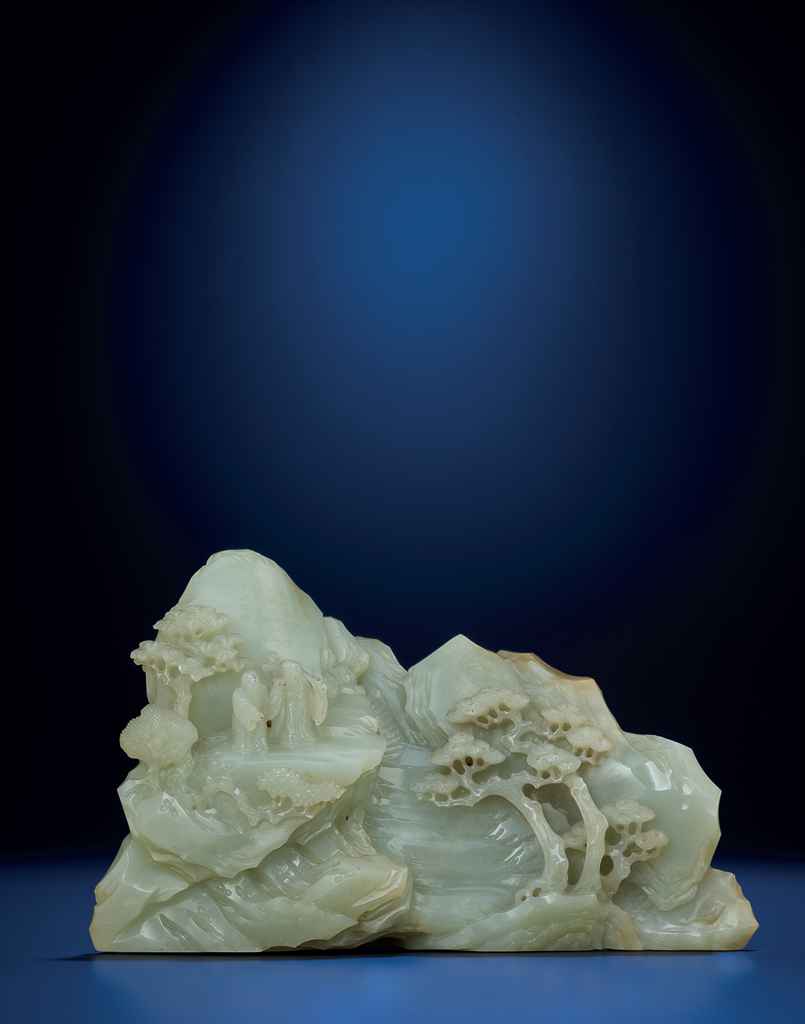
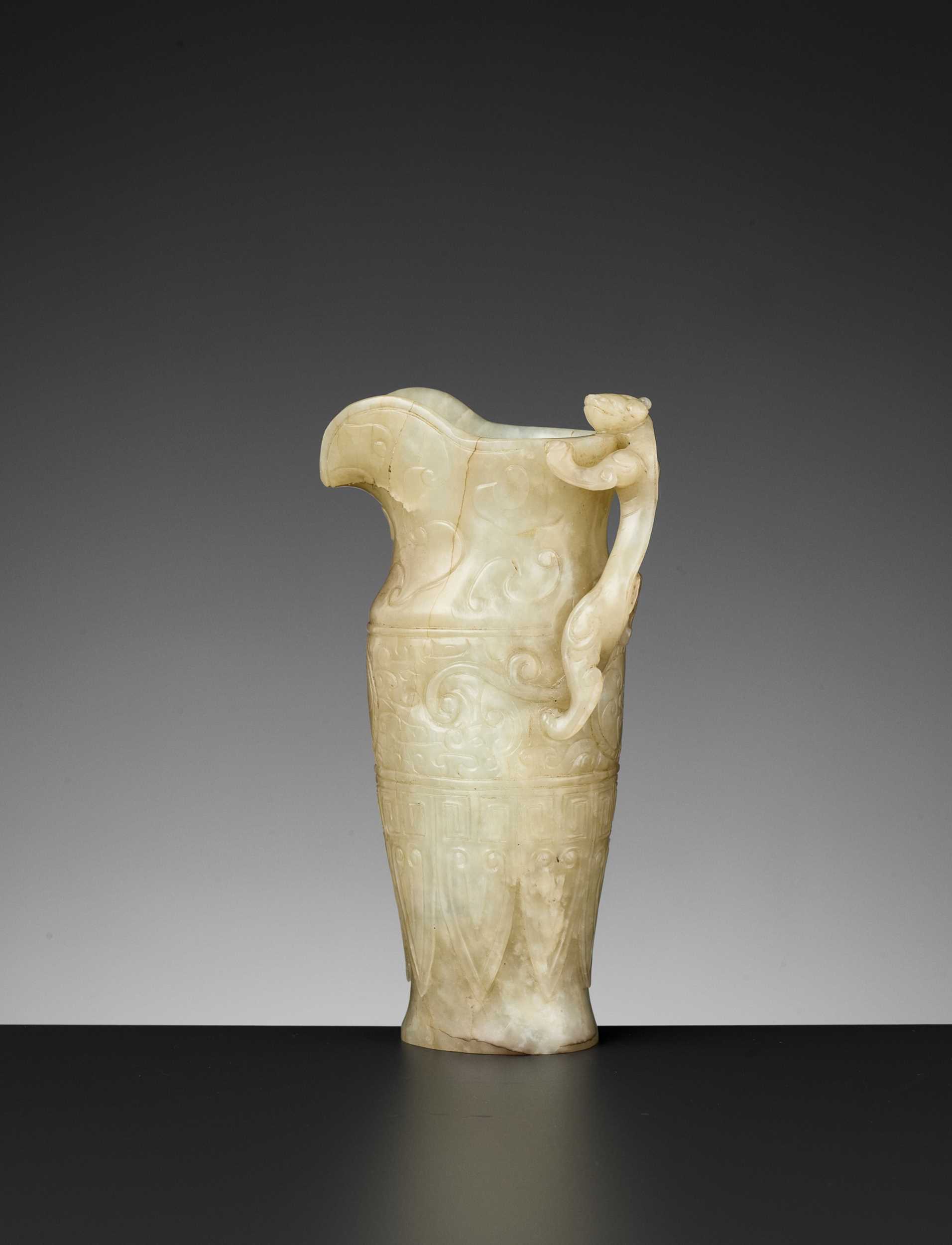
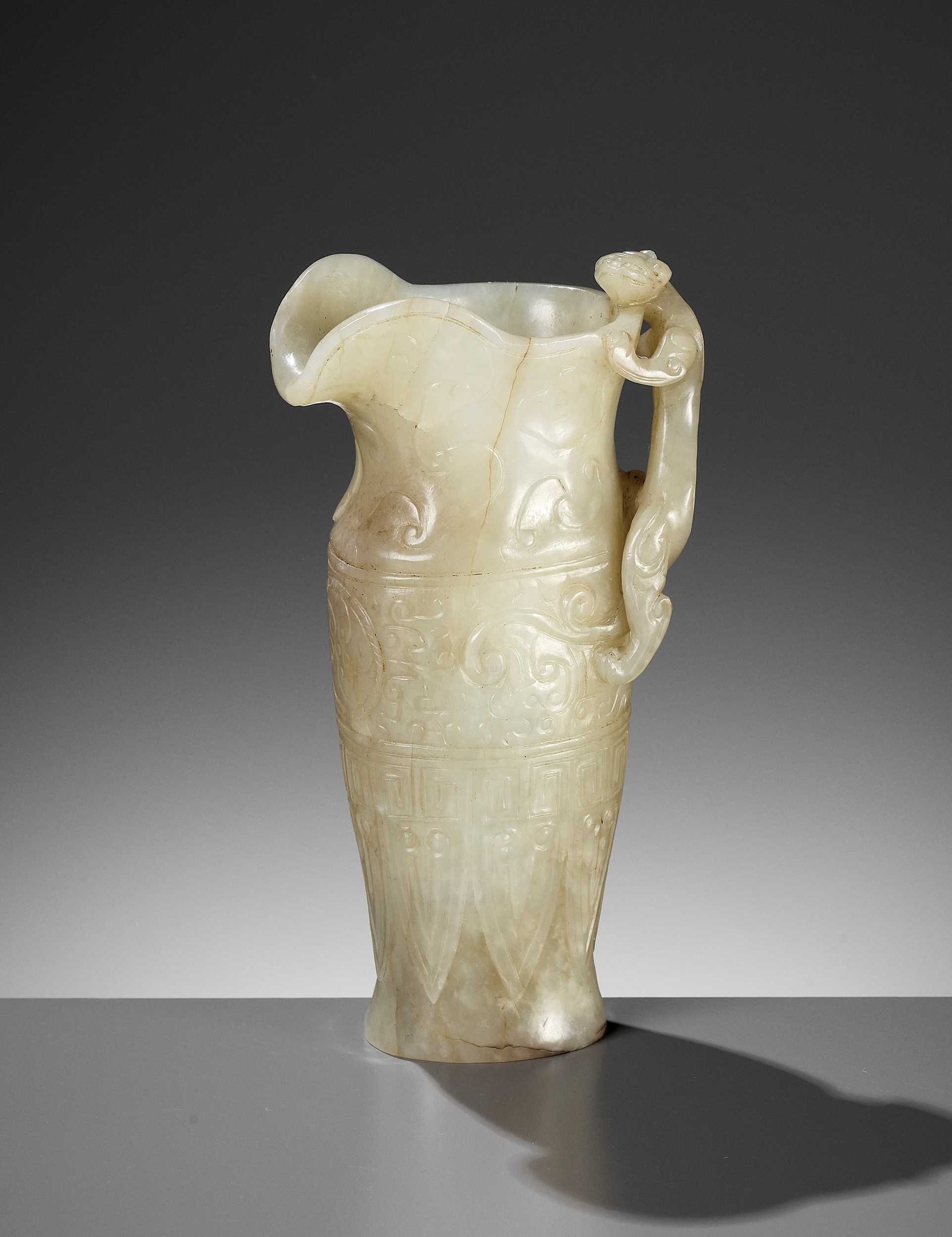



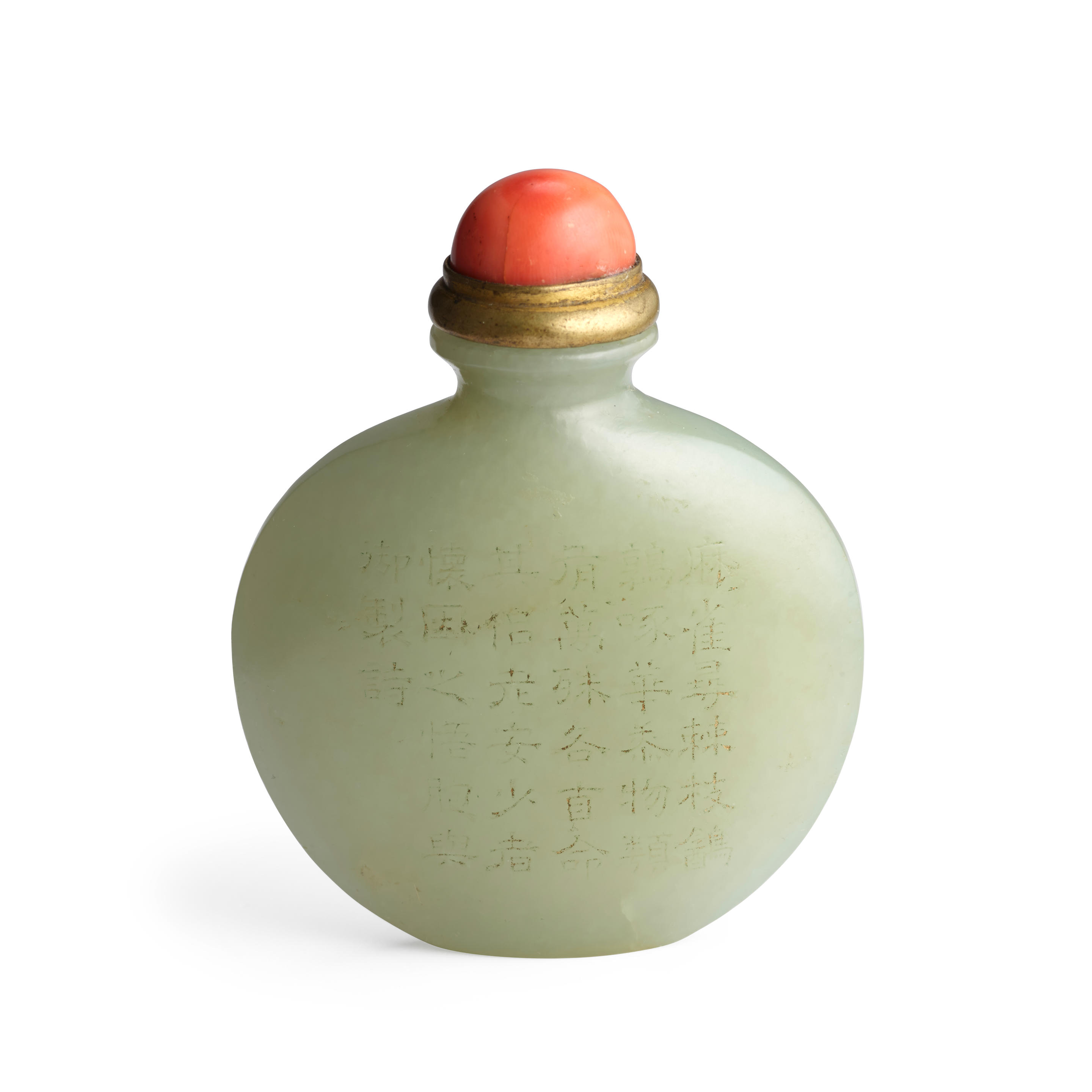
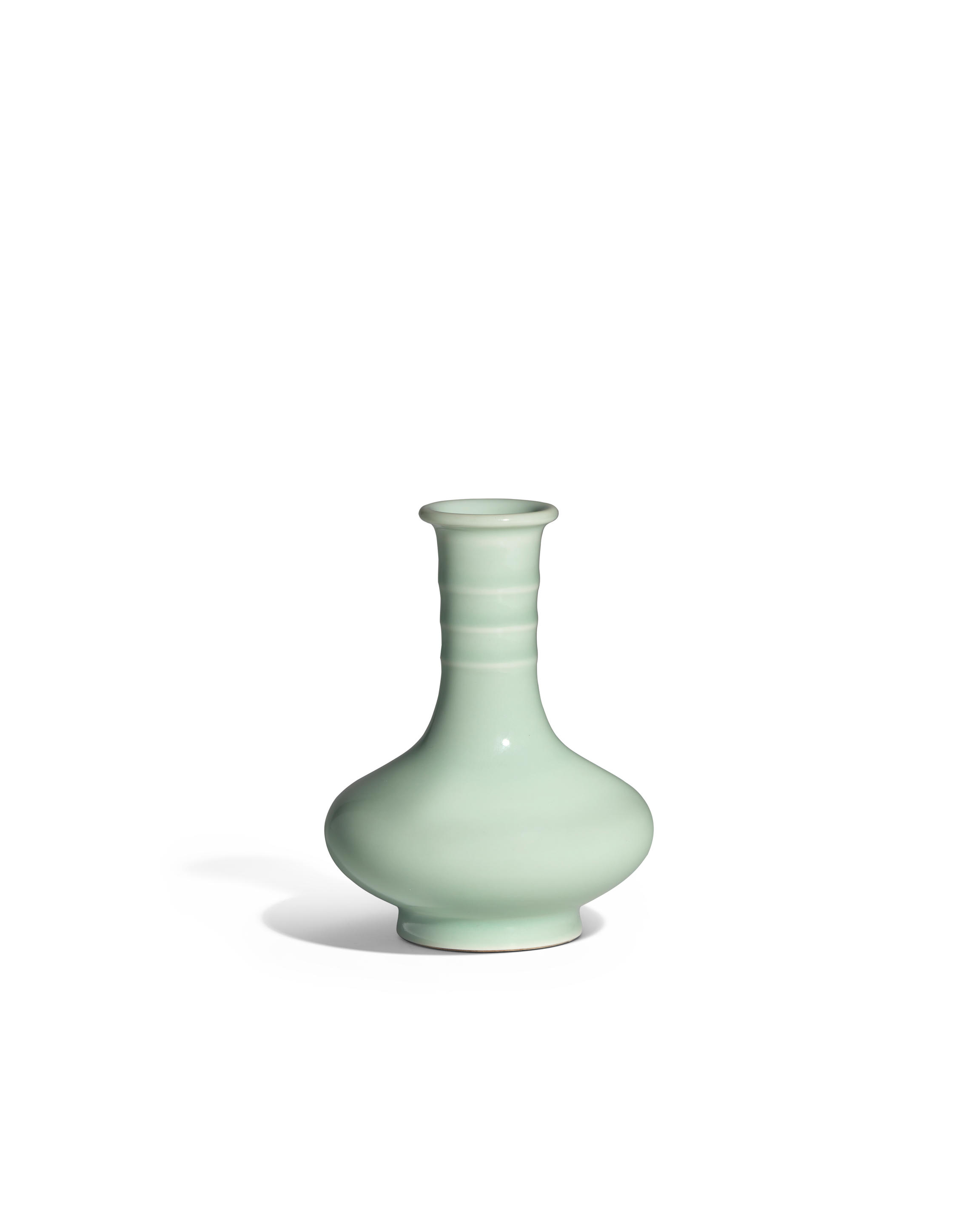


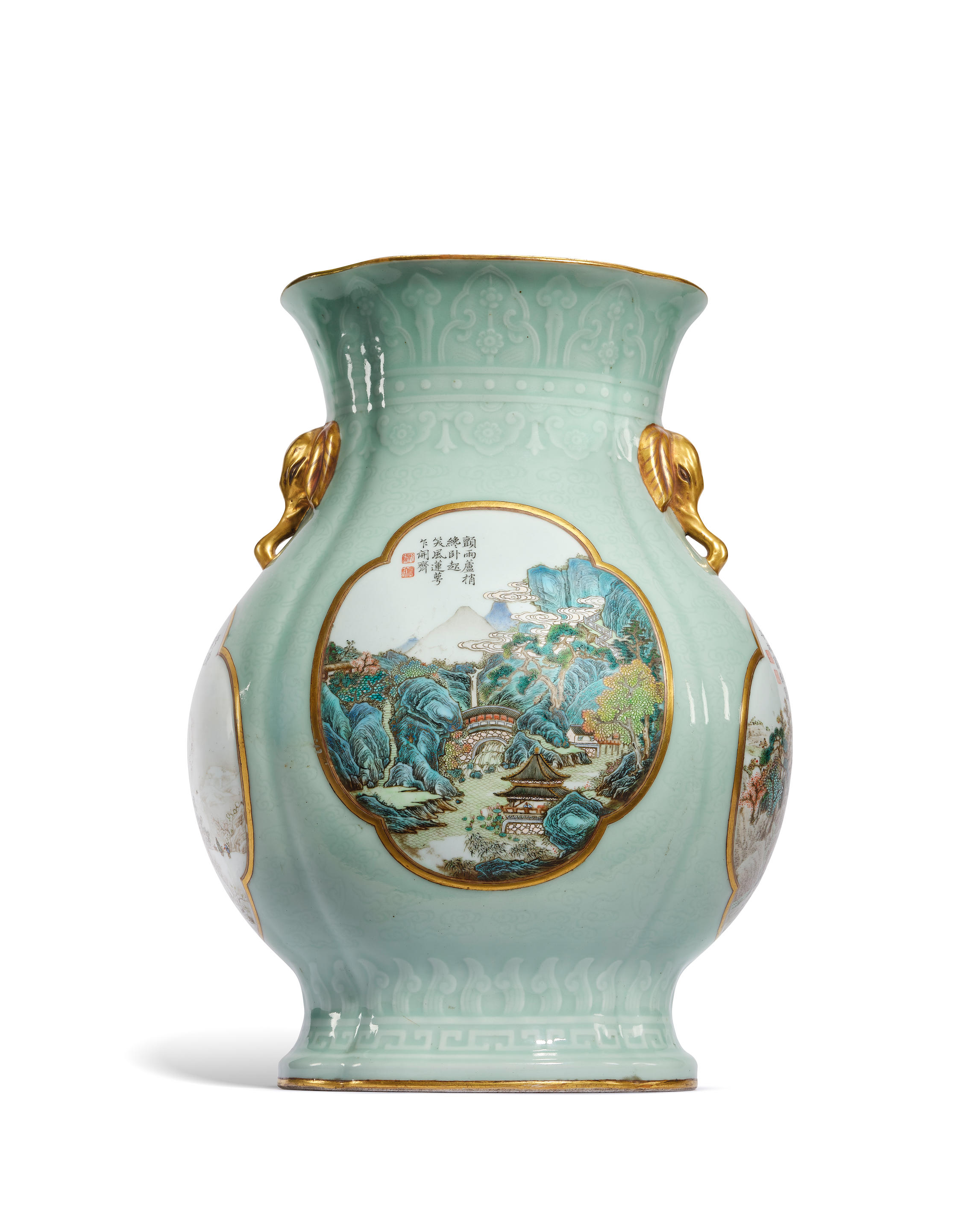

Try LotSearch and its premium features for 7 days - without any costs!
Be notified automatically about new items in upcoming auctions.
Create an alert